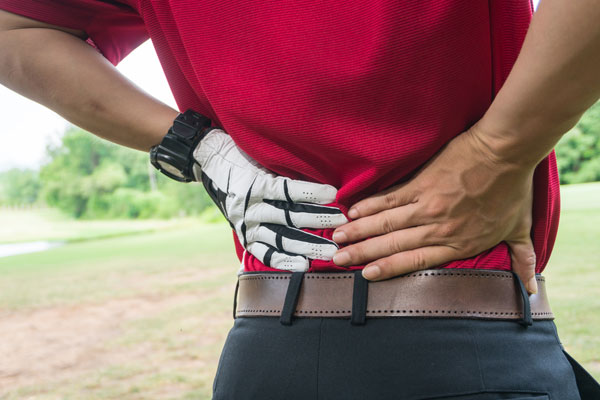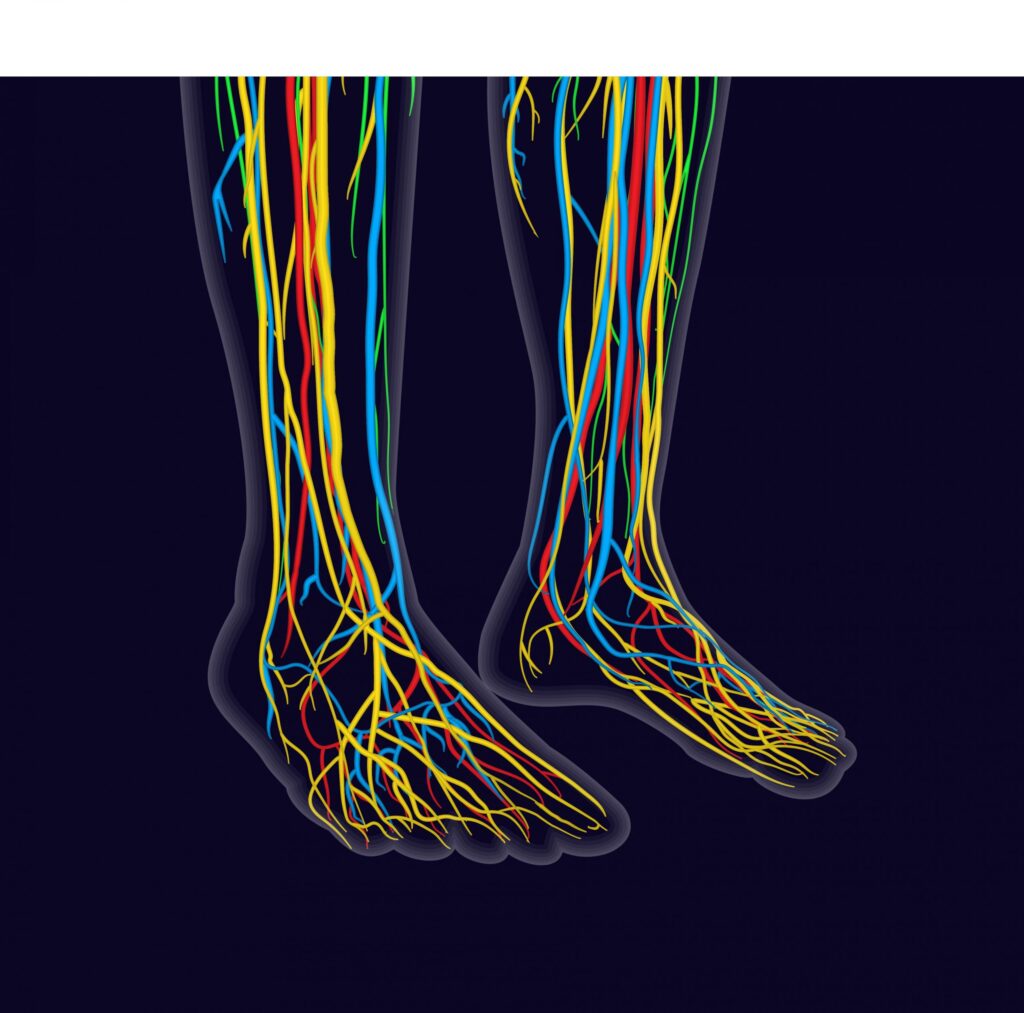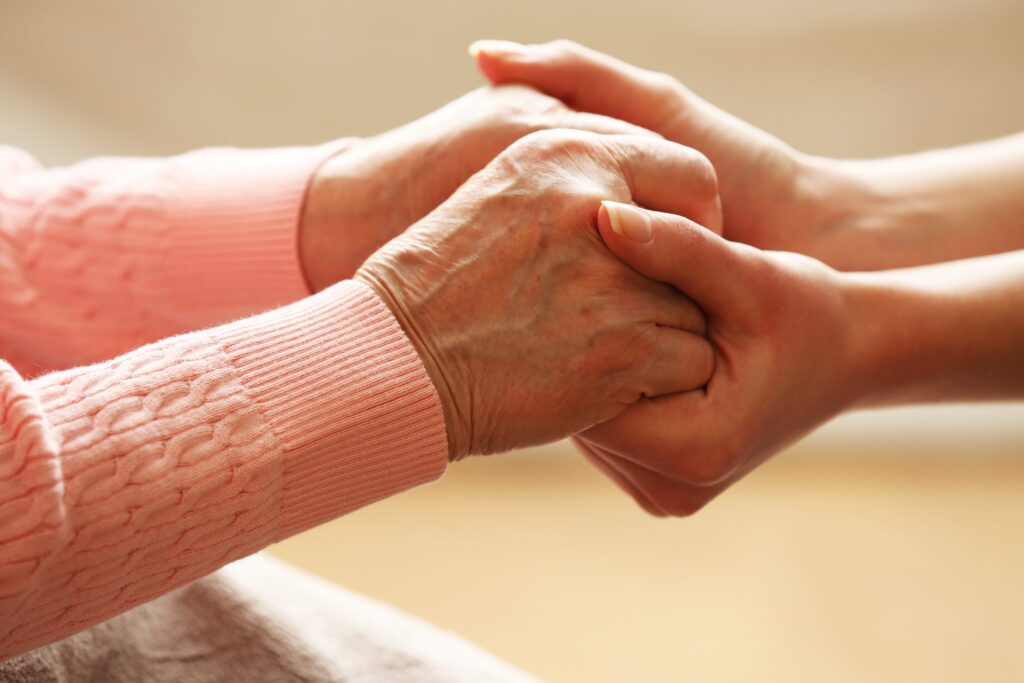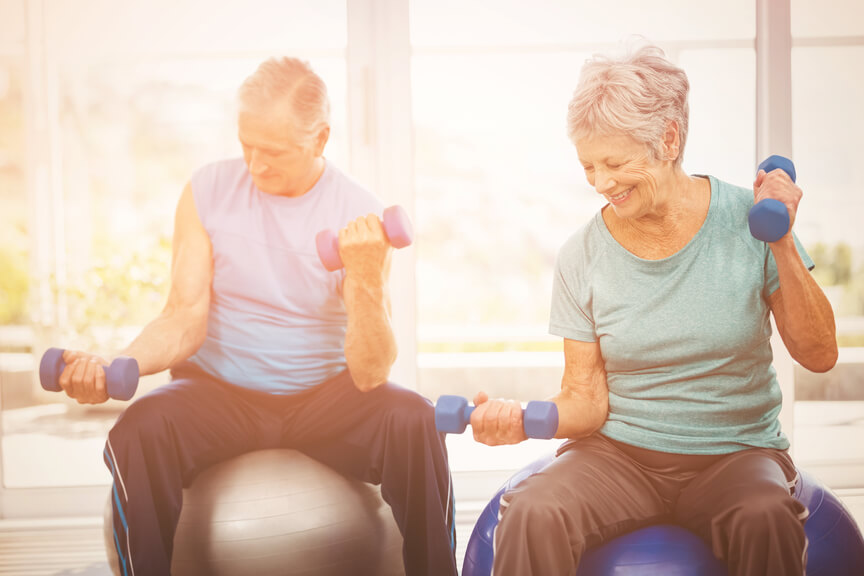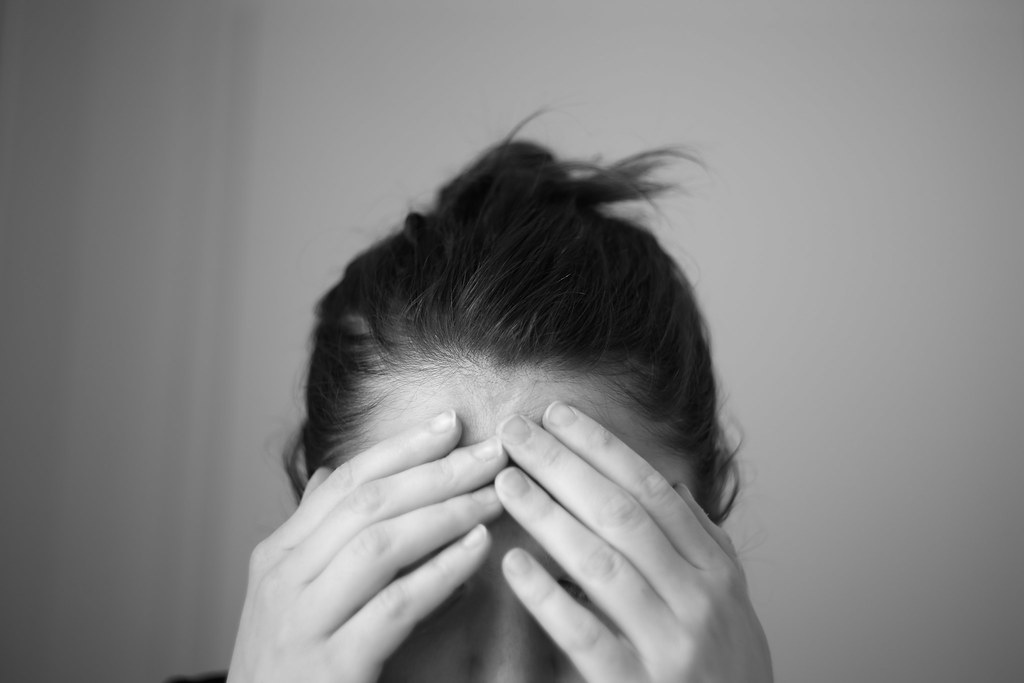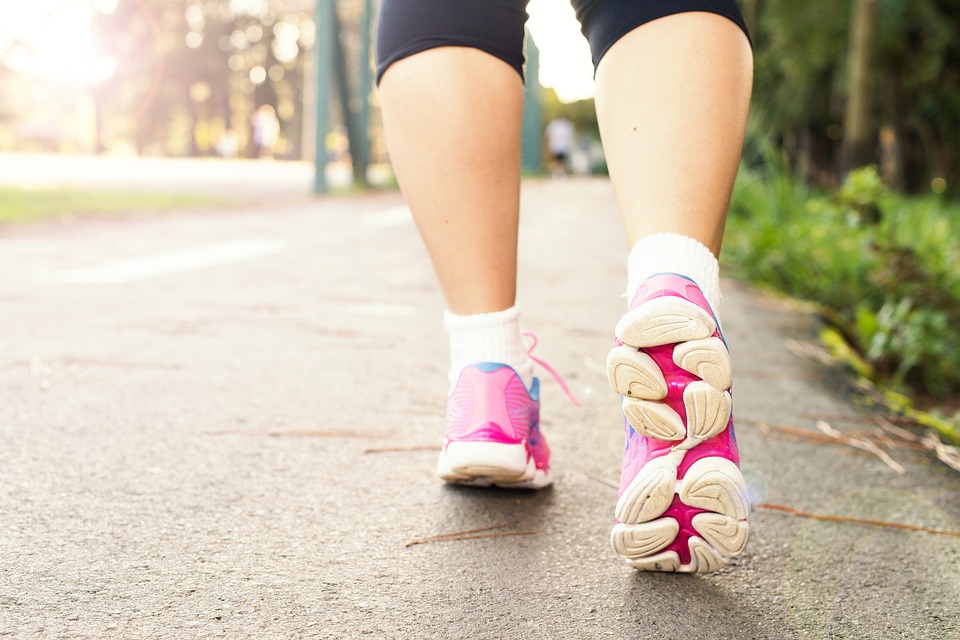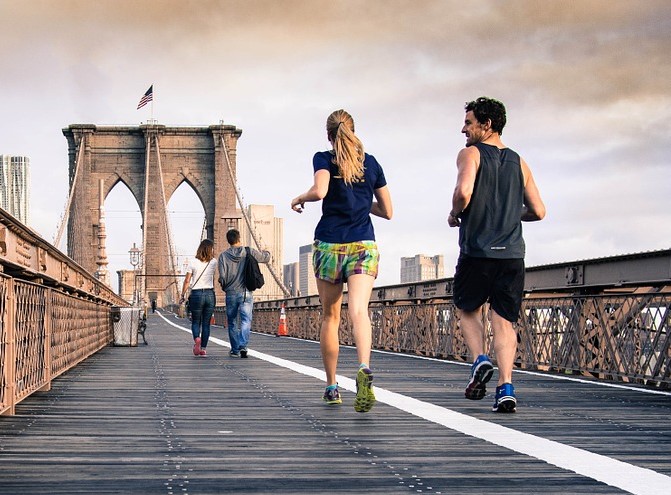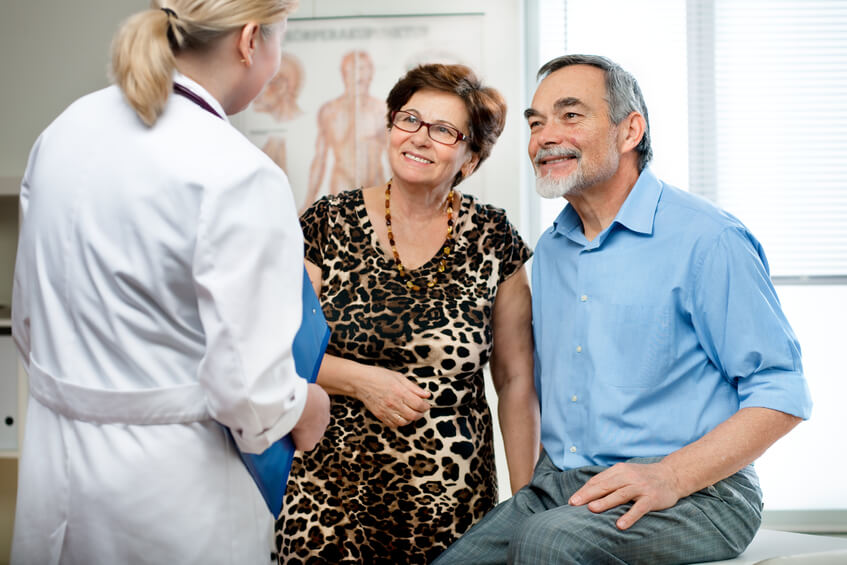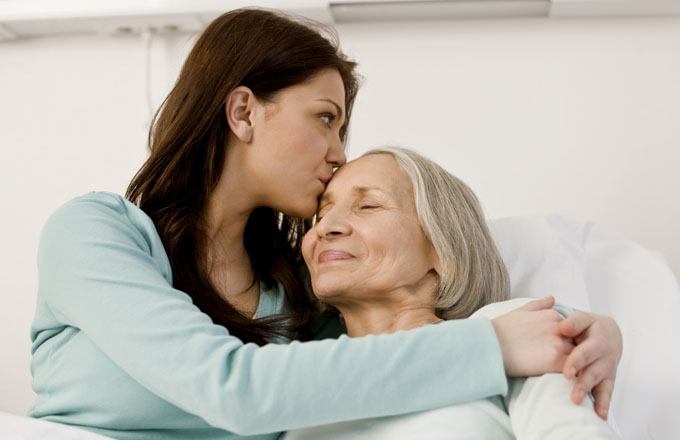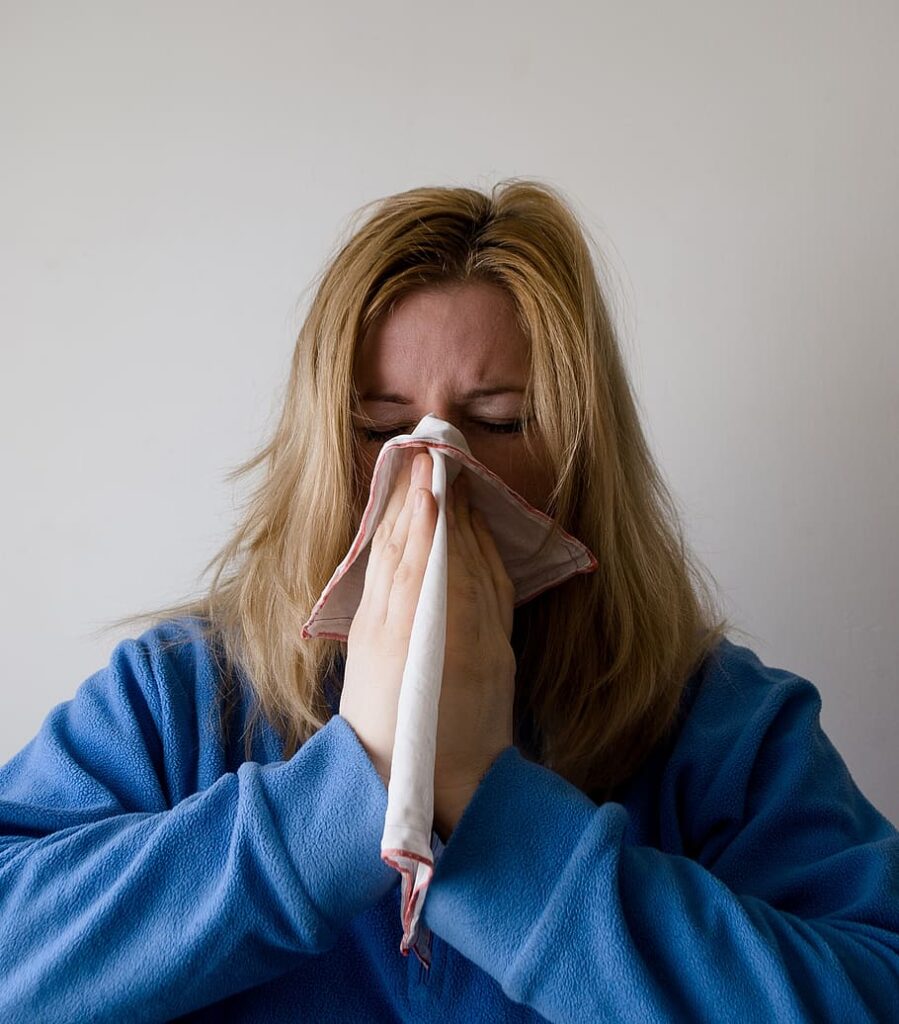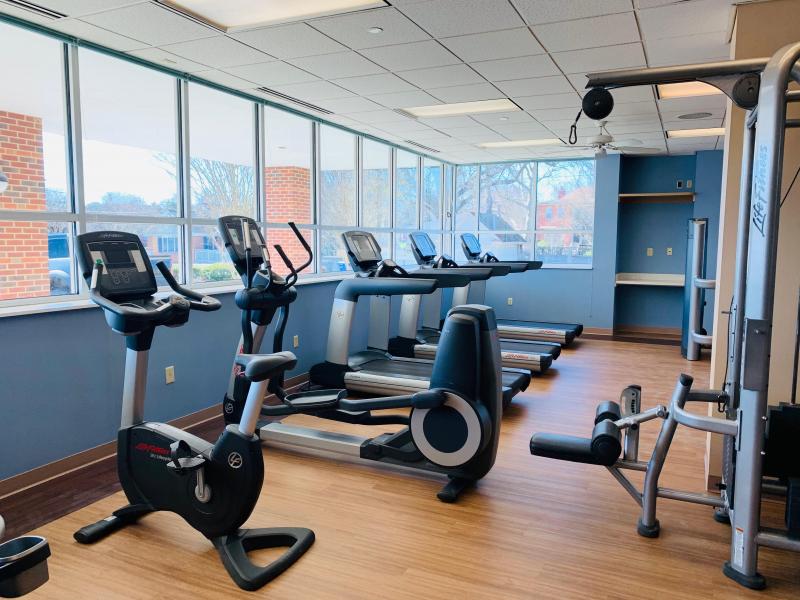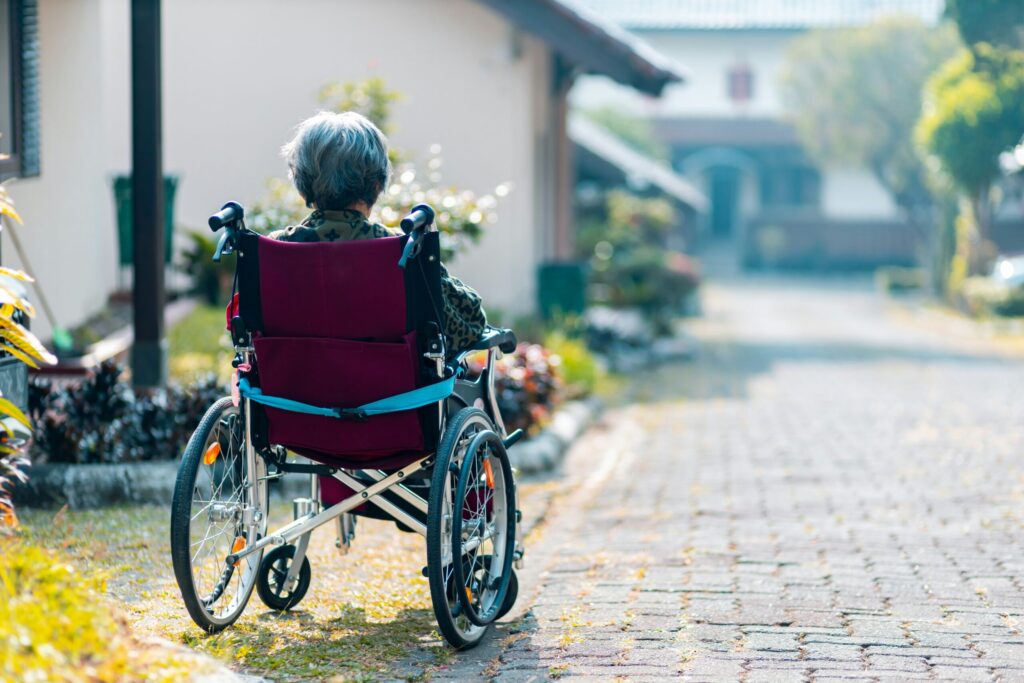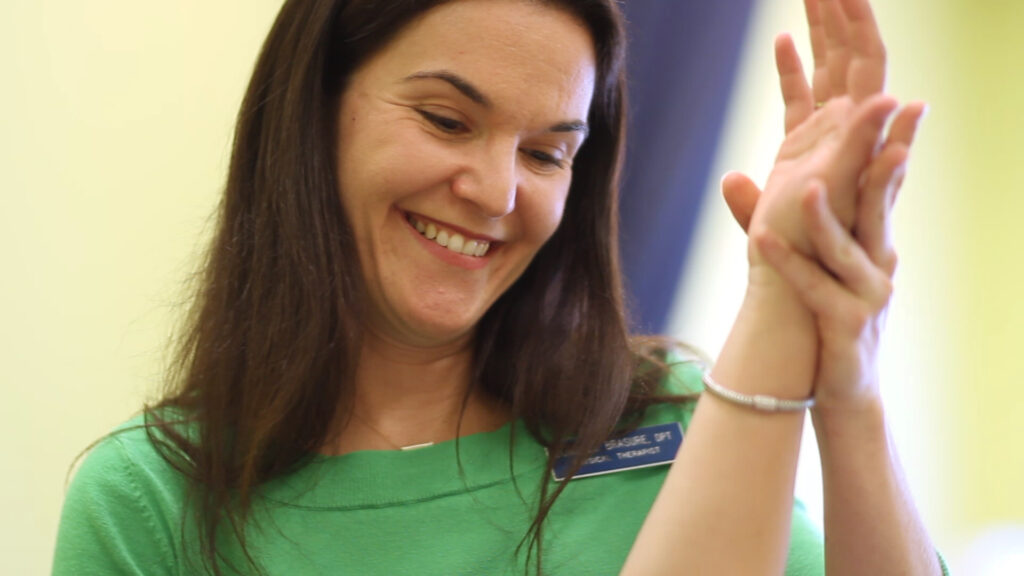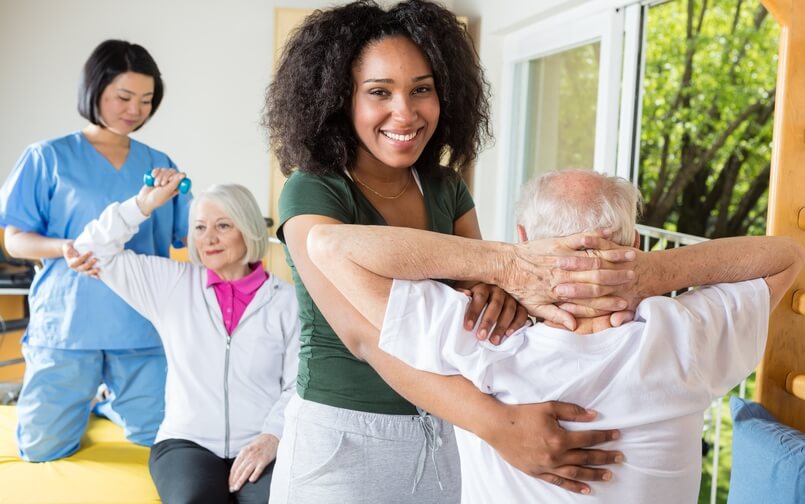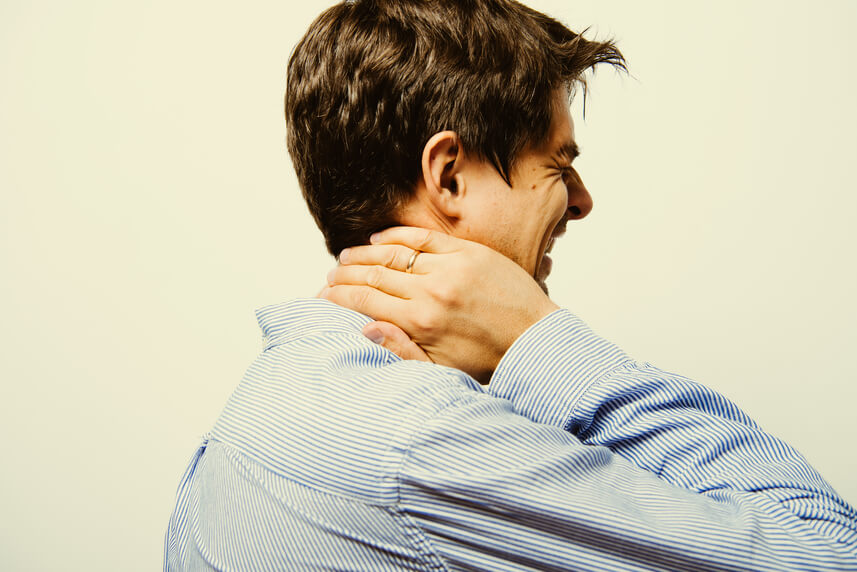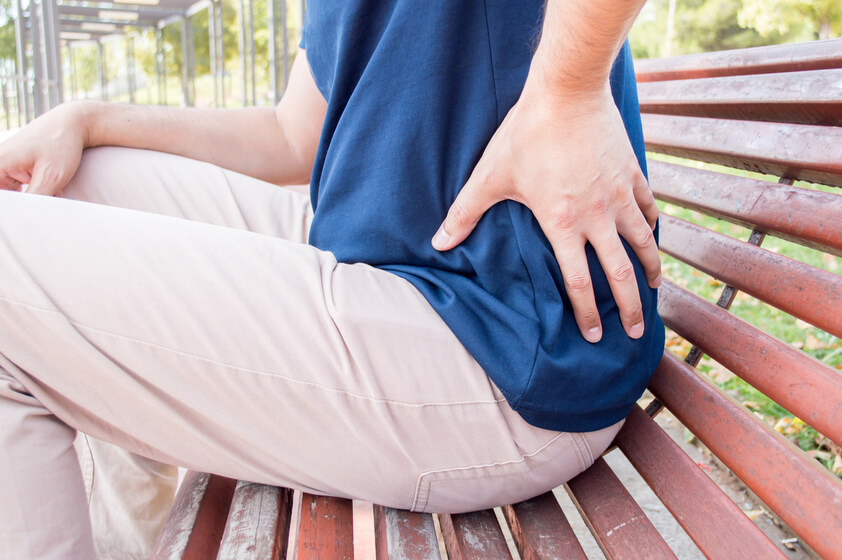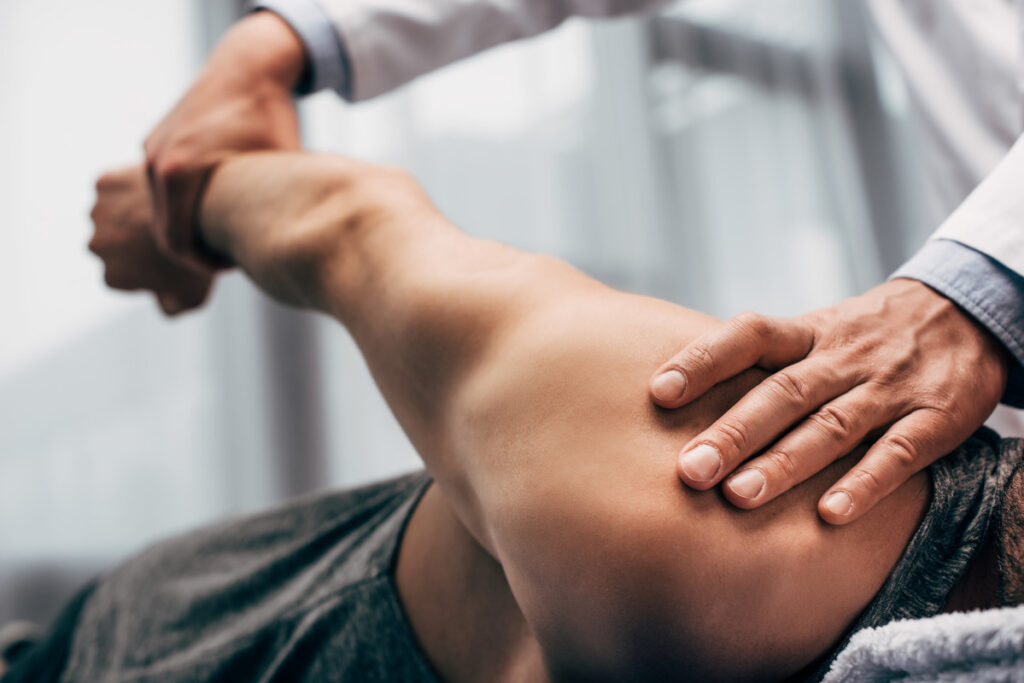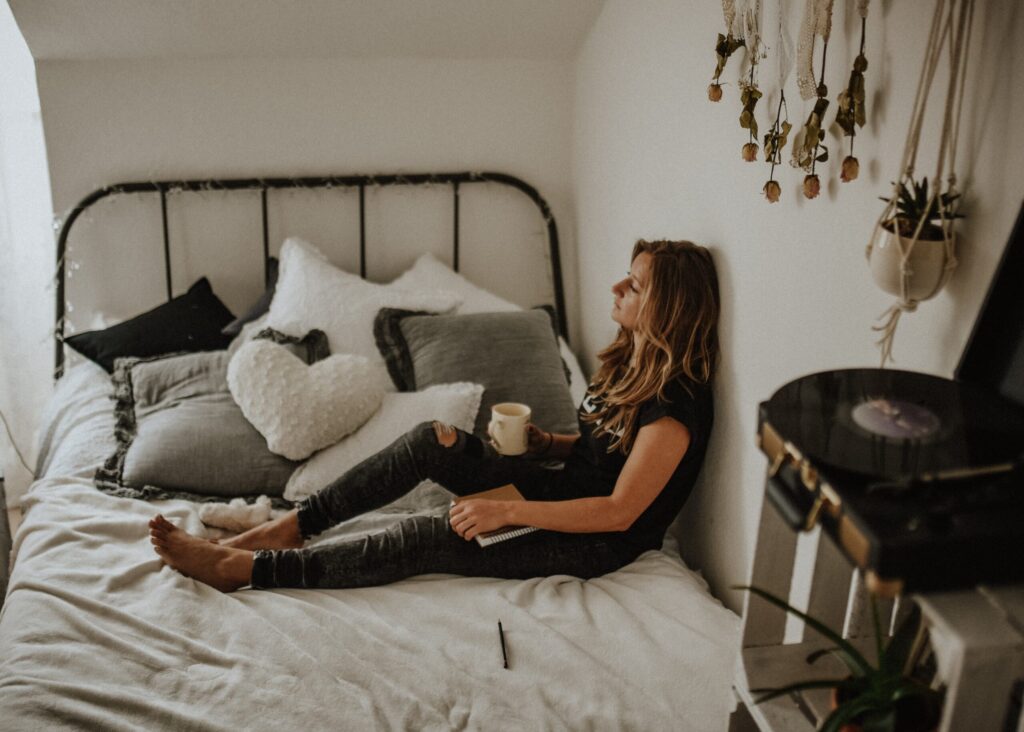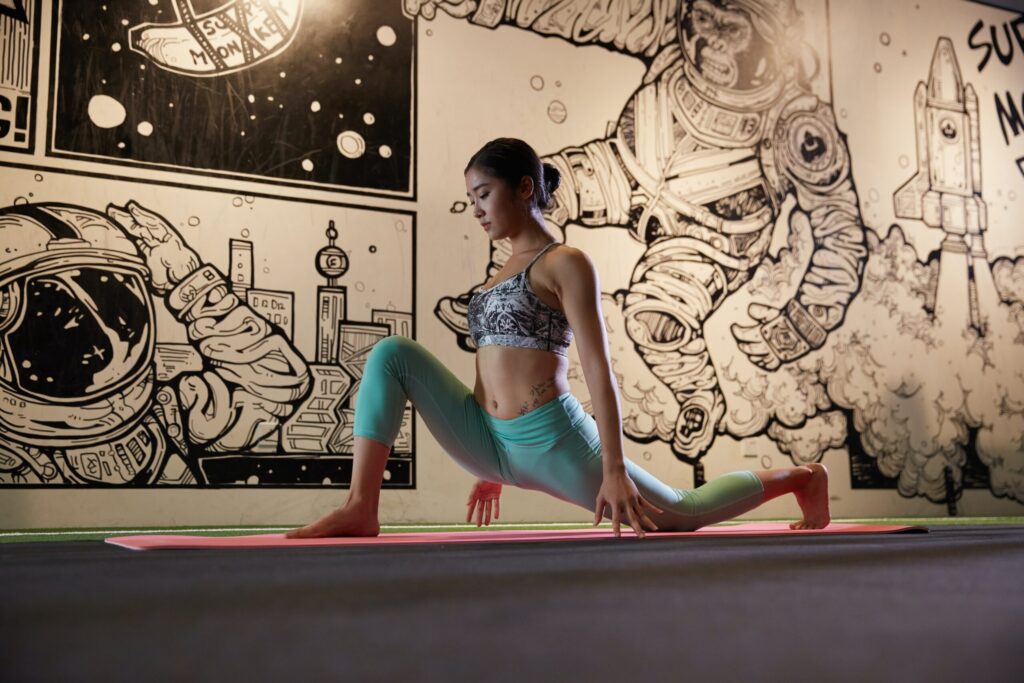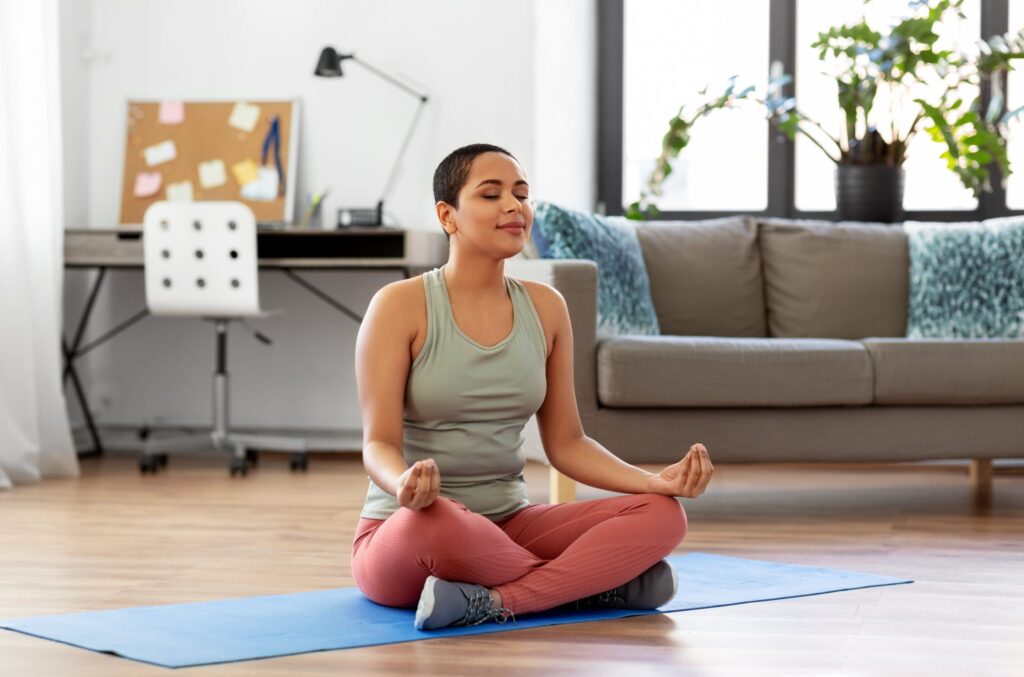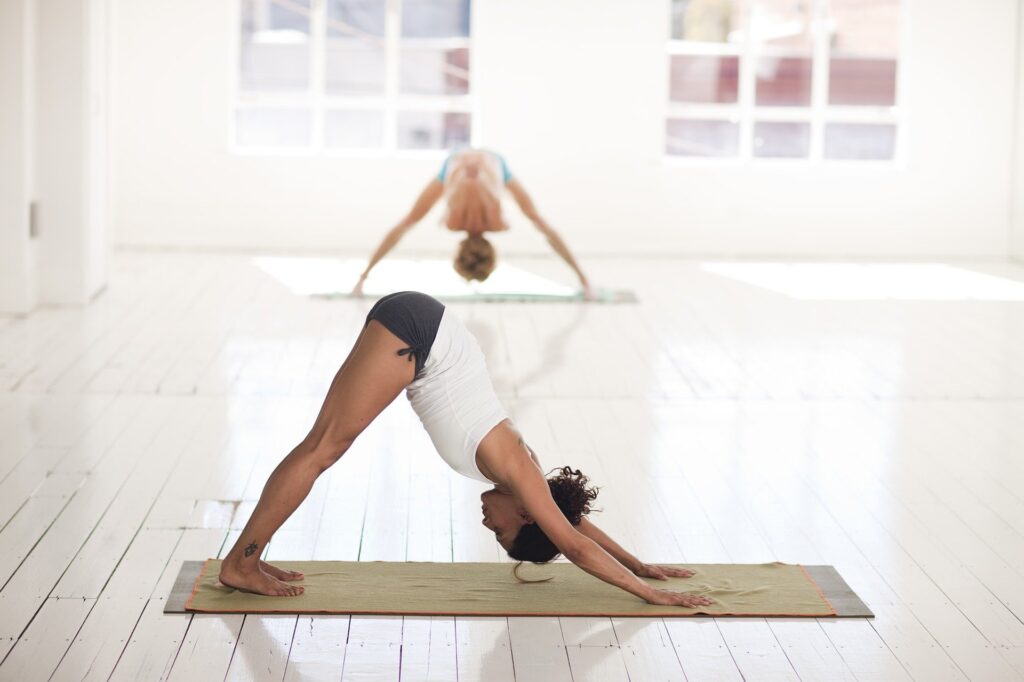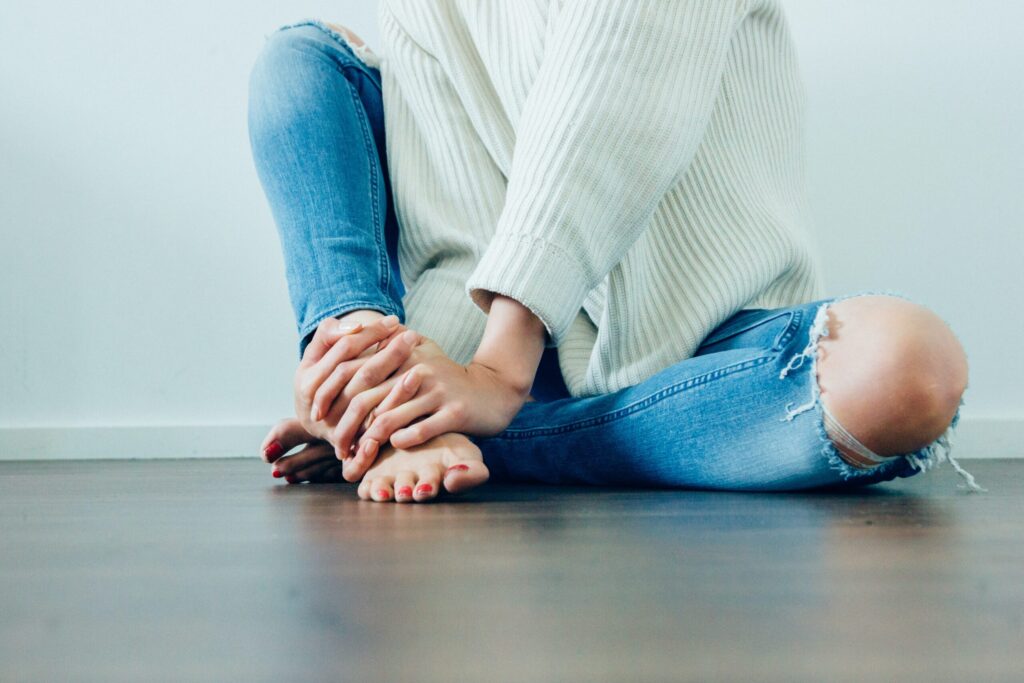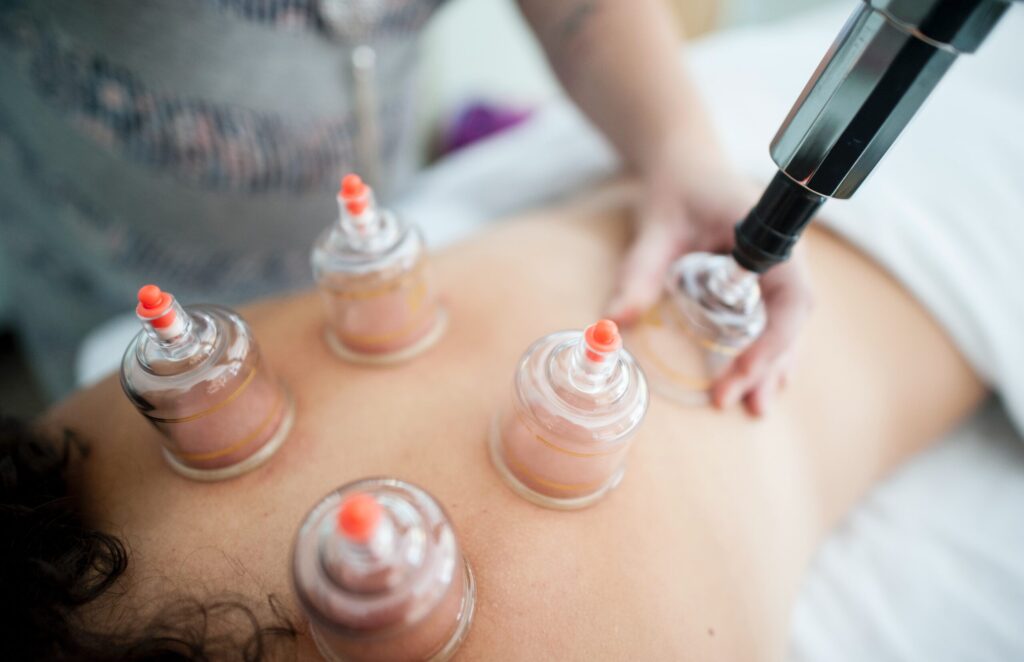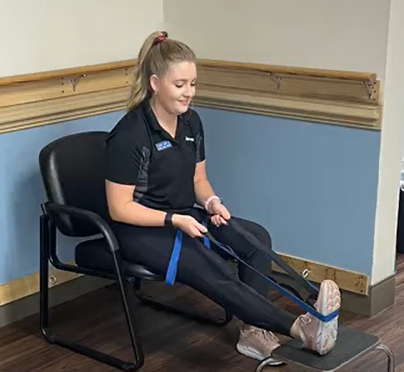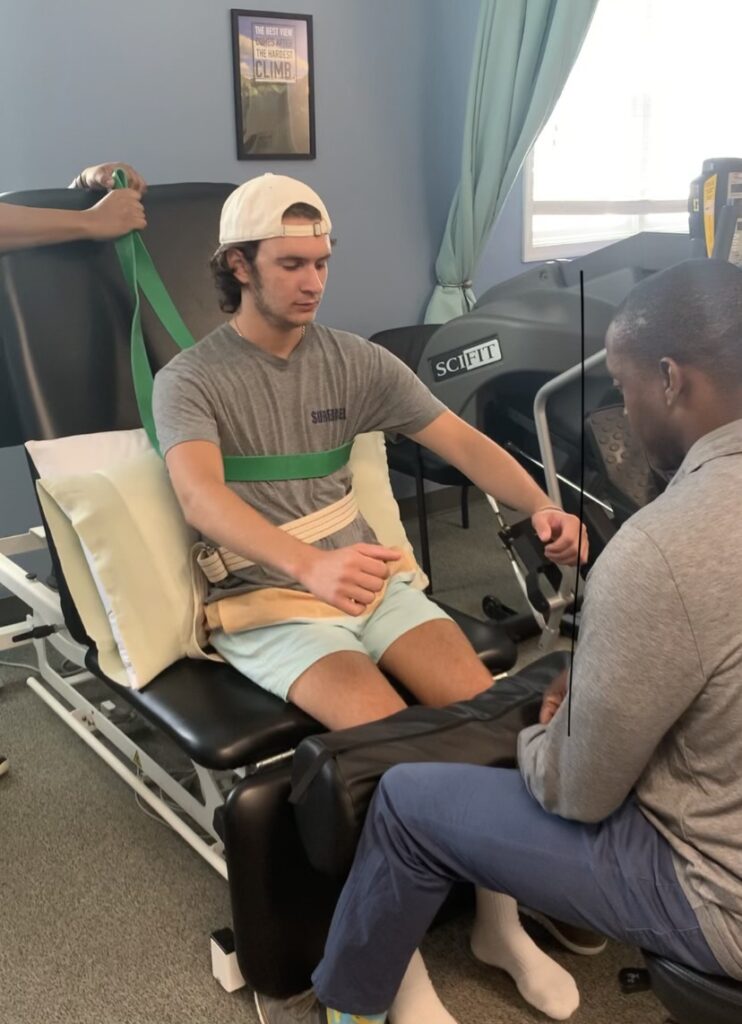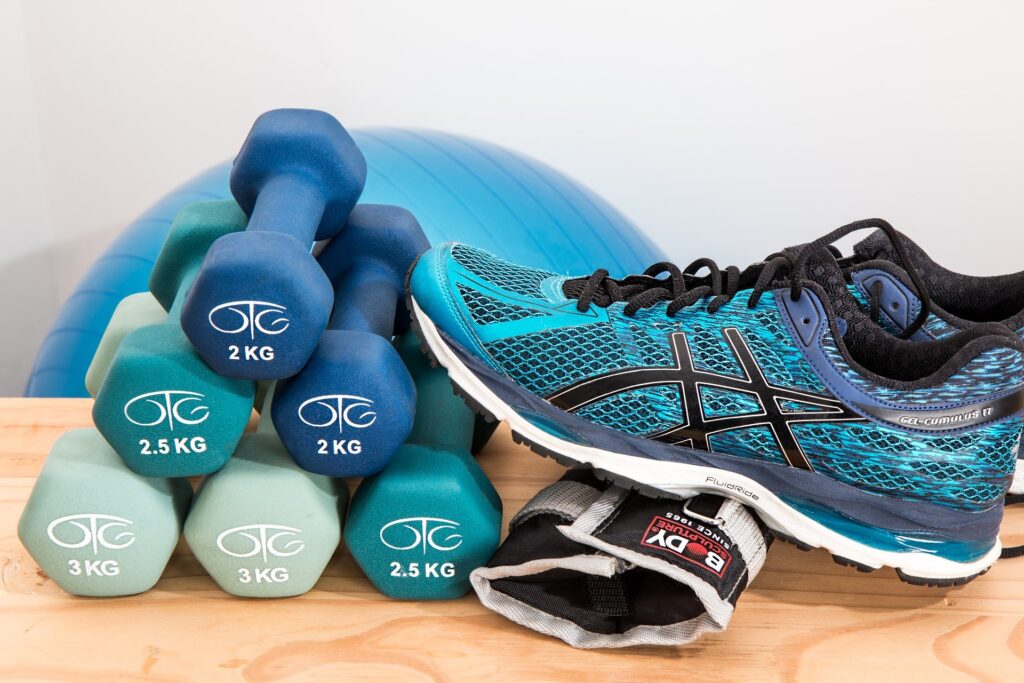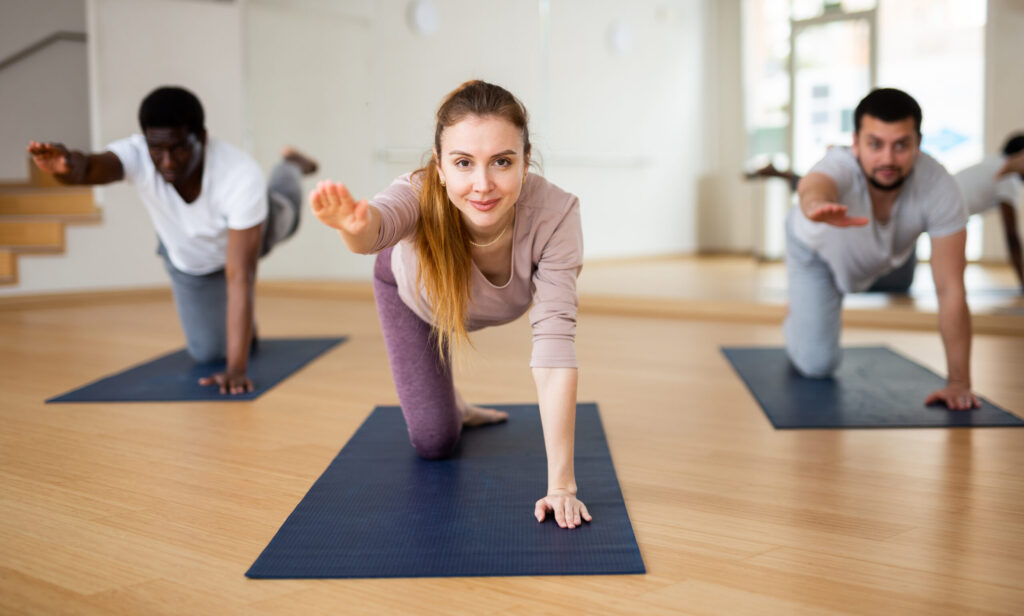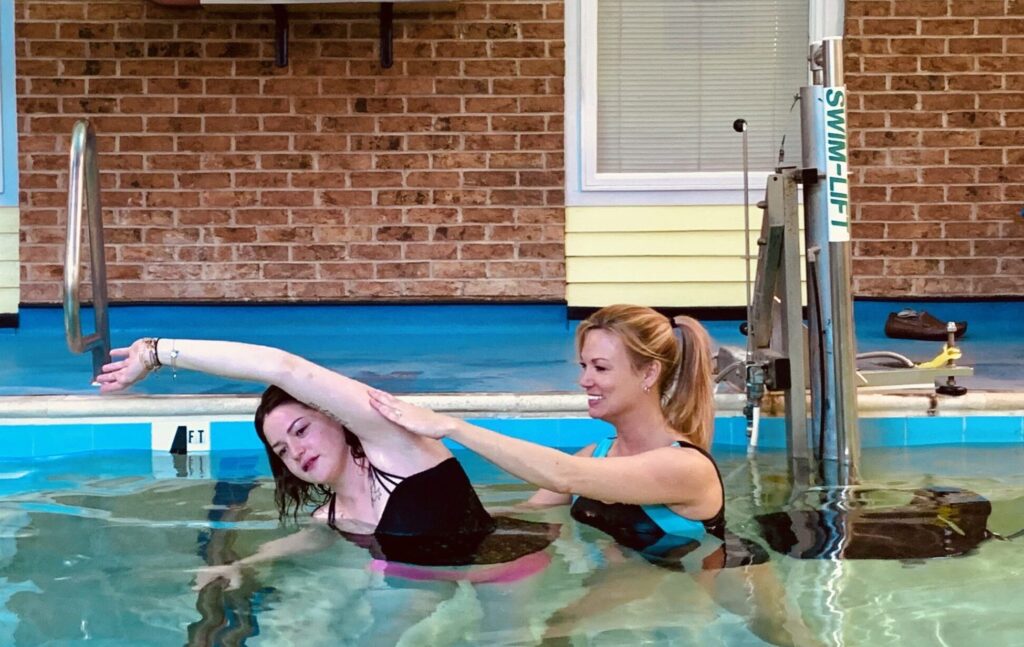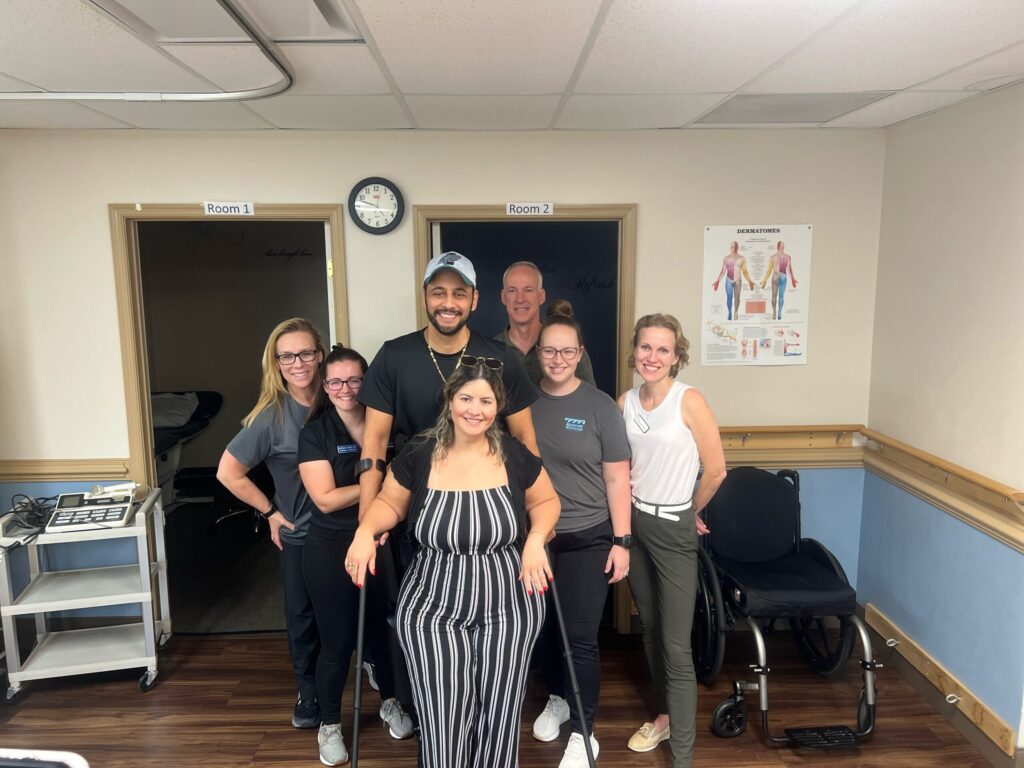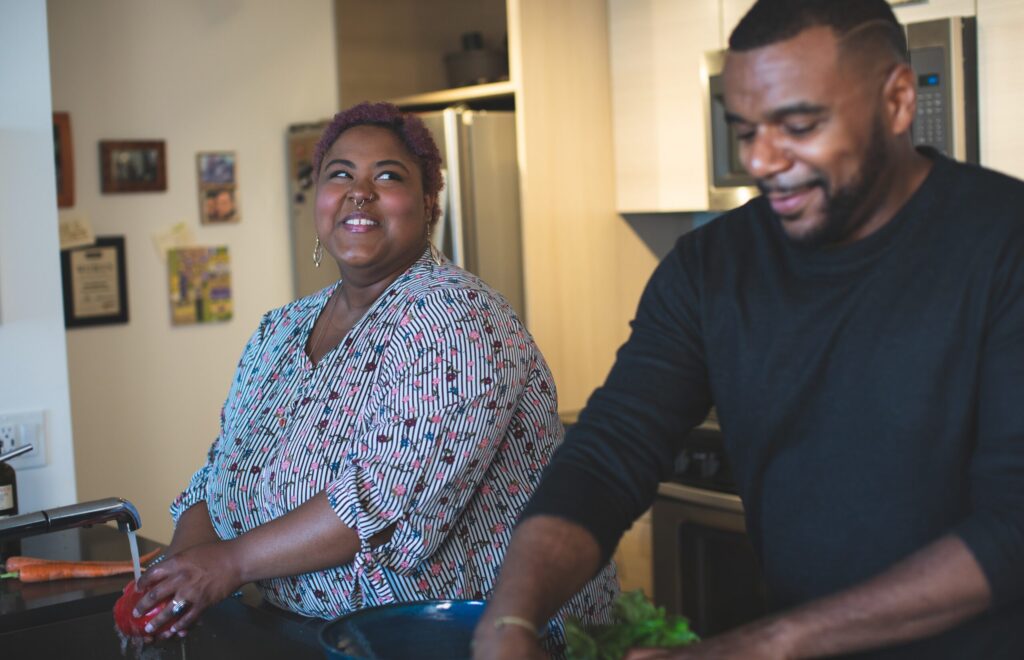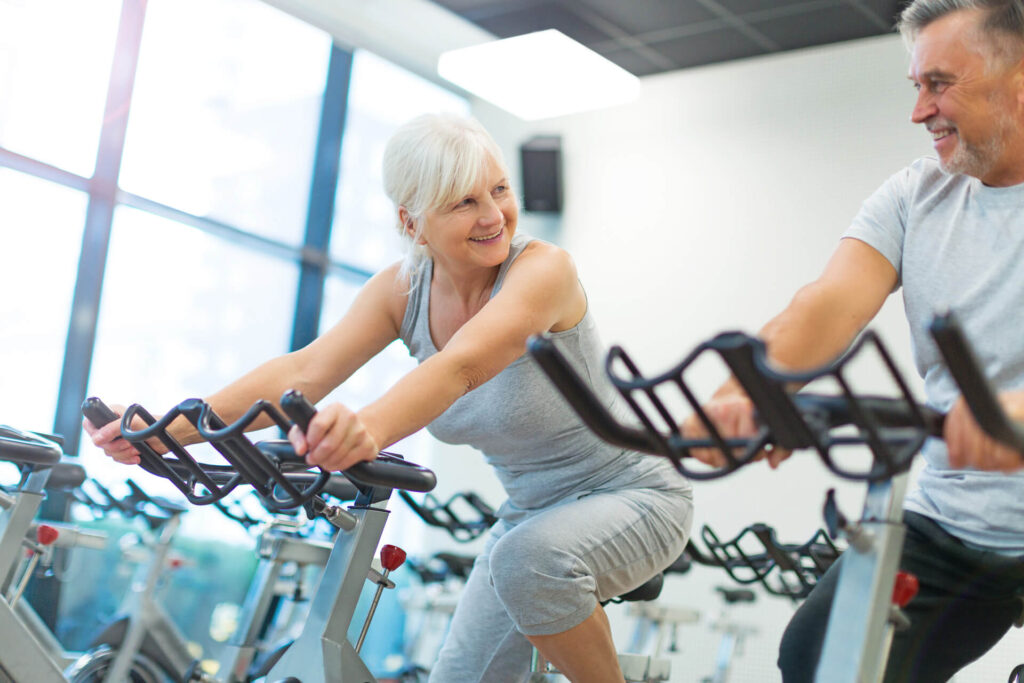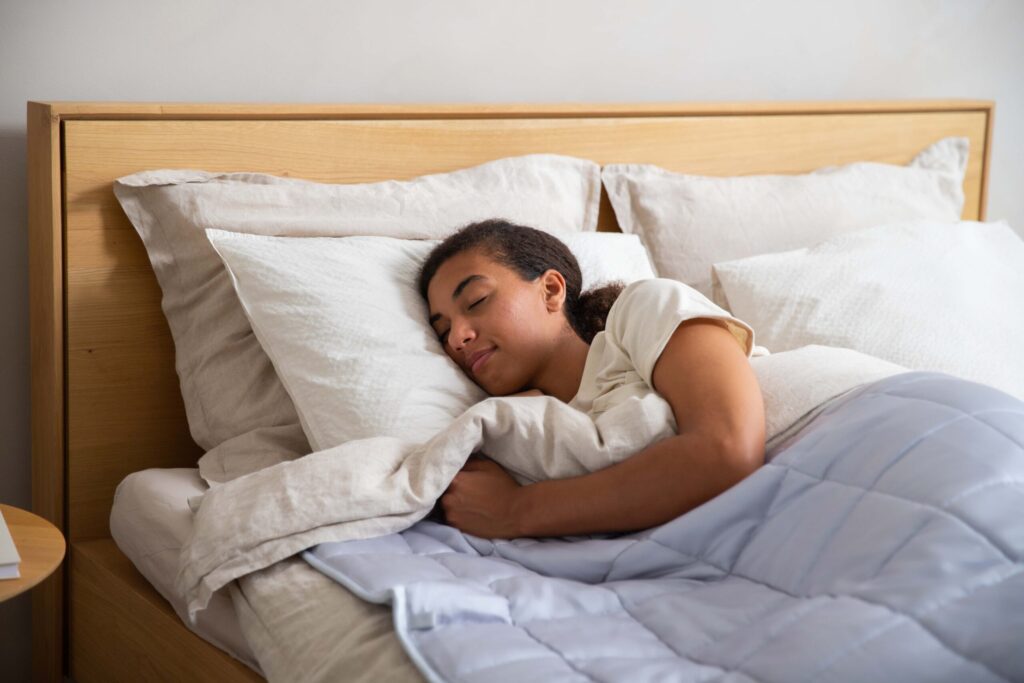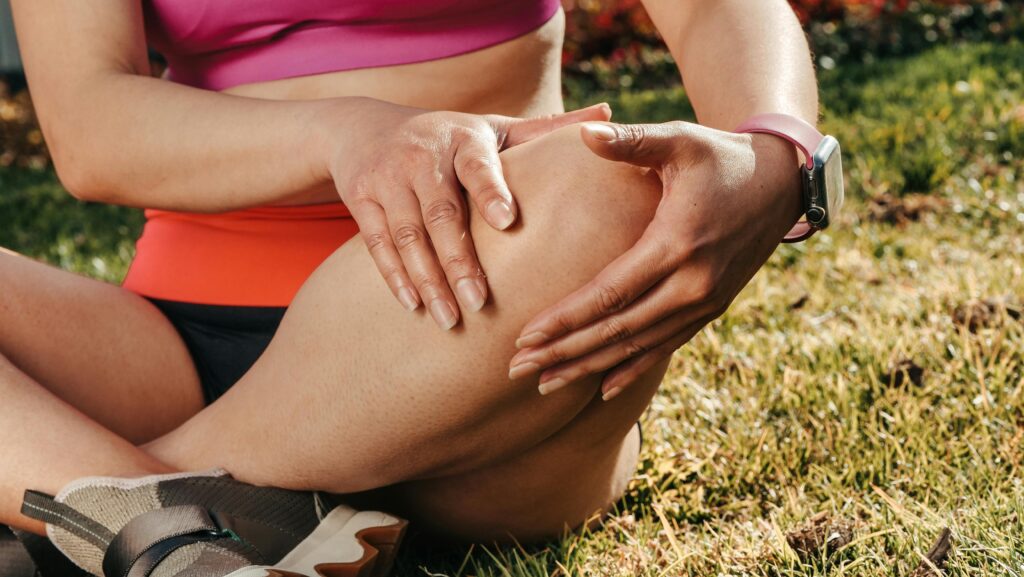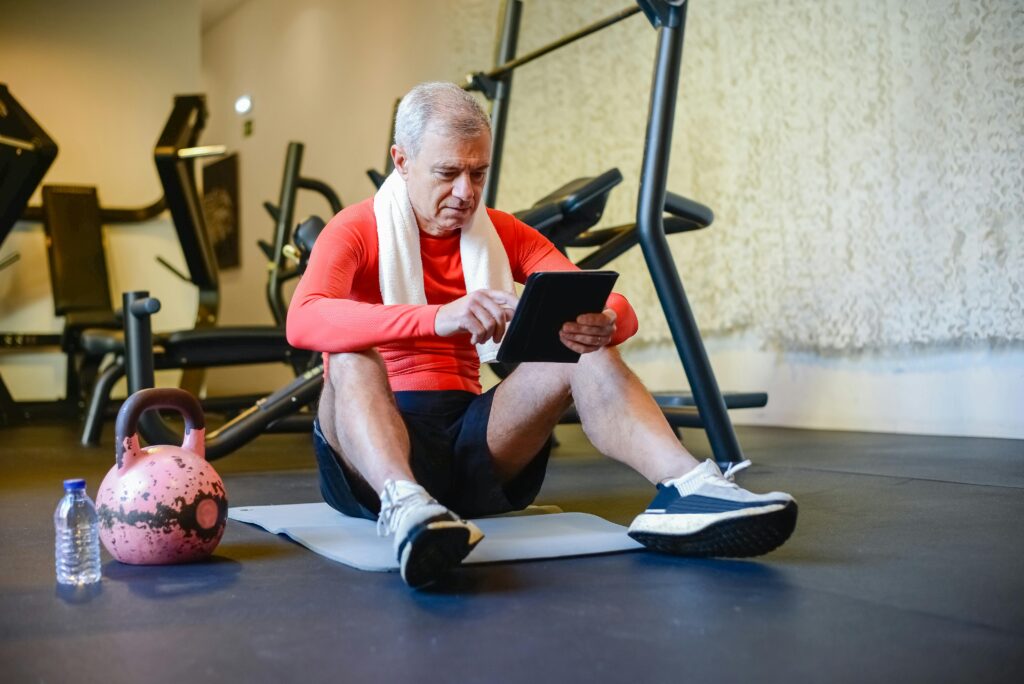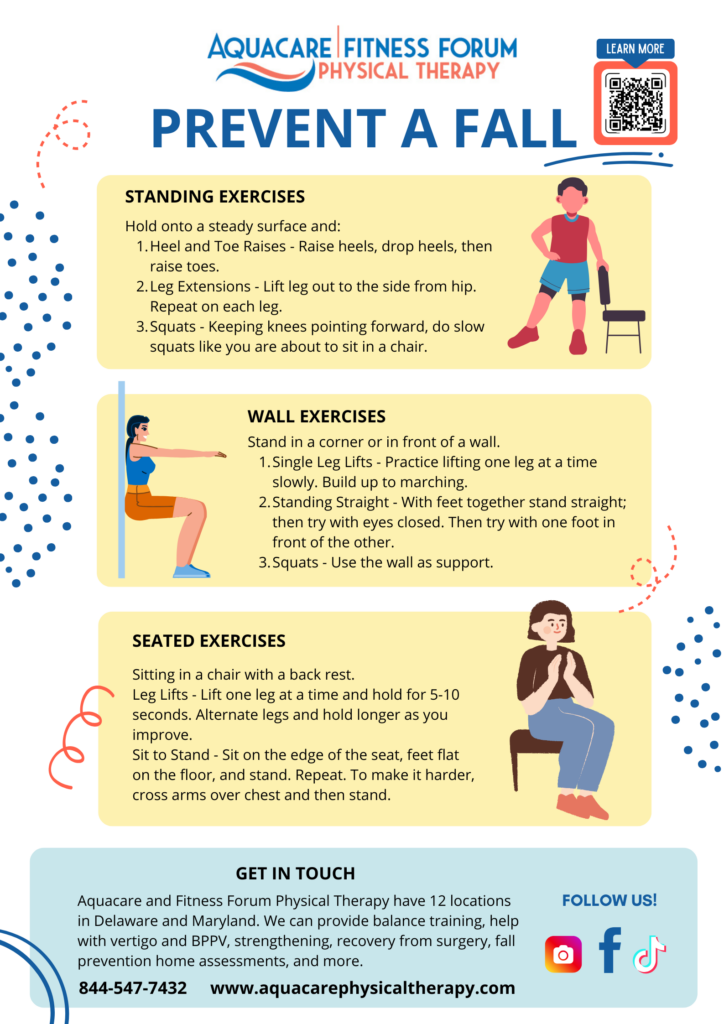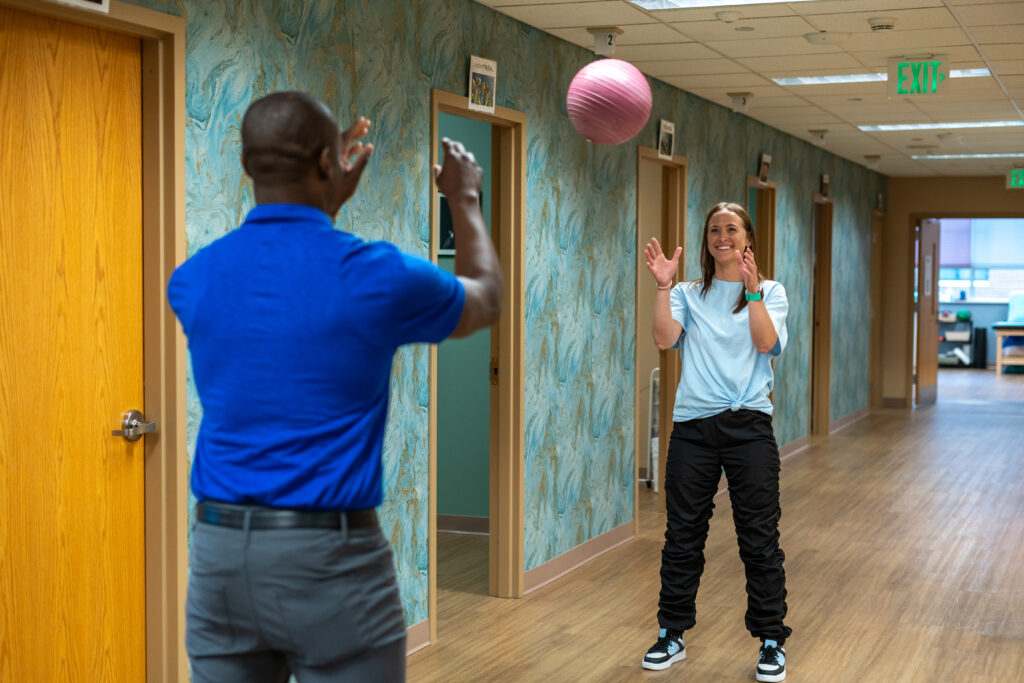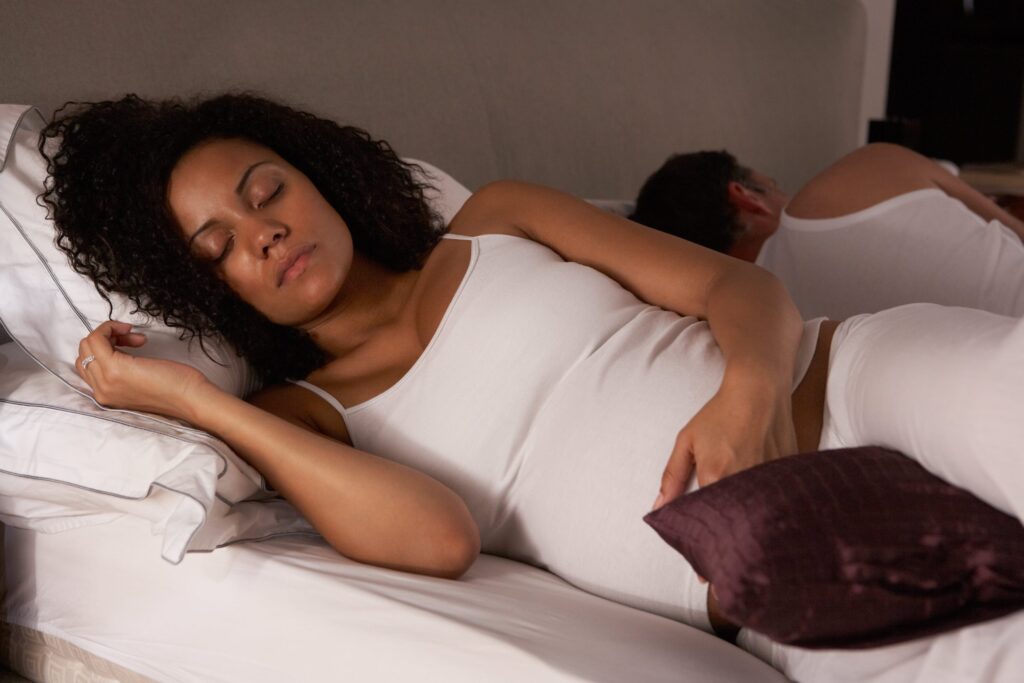
Sleeping Strategies for Back Pain

By Robin Sipp, MSPT- Clinical Director of Aquacare Lewes – Route 24
Cervical and lumbar pain affects a significant number of individuals, causing musculoskeletal disability. However, there is hope in finding relief by addressing one modifiable risk factor: sleep position.
By making simple adjustments to how we sleep, we can potentially reduce the likelihood of experiencing cervical and lumbar pain.
Considering that we spend approximately one-third of our lives asleep, it becomes crucial to prioritize posture, positioning, and comfort during this time. Research indicates that sleep disturbances impact about one-third of the population in the United States alone.
The importance of quality sleep cannot be overstated. It plays a vital role in maintaining overall health and well-being. Sleep allows our bodies to repair themselves and guards against various issues such as weight gain or heart disease. Moreover, adequate sleep promotes brain function, enhances athletic performance, prevents depression, boosts the immune system, and reduces inflammation throughout the body.
Regardless of age, prioritizing proper sleep is essential for optimal health and well-being. It holds numerous benefits beyond relieving cervical and lumbar pain; it contributes to overall physical and mental wellness.
Things to Consider When Choosing a Sleep Position
- Comfort is the first factor that should be considered. Position is a personal choice and if one is not comfortable this can have a huge impact on the quality of sleep.
- Age can impact how we sleep. As we age many prefer to sleep on their sides. We also tend to move around less therefore spending more time in one position. One possible reason for this is as we age we tend to be less flexible, which can make one prone to more stiffness and pain. So, when we are young sleep tends to be a no brainer on position, we just hop into bed and often fall asleep without difficulty. By the time we hit middle age and older the position we choose can have an influence on the quality of our sleep. It is important to really know our bodies and assess our comfort positions before attempting to fall asleep.
- Gender can also influence the position we sleep in. Men and women have different sleep experiences and needs throughout their life. The challenges we face as men and women are different and can also influence our sleep postures. Women tend to be more prone to insomnia and men are more likely to suffer from disordered breathing. Our hormones also influence sleep. The way men and women handle stress is different, women go through pregnancy which affects sleep posture, while men have protective instincts. Like many other aspects of sleep, men and women have different preferences and different needs when it comes to sleeping positions.
Positioning for Sleep with Back Pain
There are many factors that can affect sleep. As stated above many people suffer from musculoskeletal problems and often struggle with pain resulting in sleep disturbances. One common musculoskeletal problem is low back pain, which is a common cause of sleep disturbances. Poor bed posture can worsen ones back pain or even be the start of the problem.
Position is key, the wrong position can place unnecessary pressure on the neck, hips and back. Education for proper positioning to help alleviate unnecessary pressure is vital to assist in a pain-free or pain reduced position. This will potentially limit one’s sleep disturbances and ultimately improve the quality of one’s life.
Which Sleep Position is Best?
According to Sleep.org they ranked supine (on your back) as number one. The number two position is on your side, then the fetal position and finally on your stomach ranked fourth.
Maintaining the natural curve of the spine is important. This means proper alignment is needed. Just like when we are standing the same principles hold true when we are lying down. We need to look at the head, shoulders and hips and make sure they remain in proper alignment along with good back support.
One of the primary positions that help to achieve this is lying on your back, because it not only evenly distributes weight the full length of the body, but it also minimizes pressure points of the head, spine, and neck. Additional support in this position can also be achieved by placing a pillow under the knees. This will also help to maintain the natural curve of the spine. Unfortunately, many people are not comfortable or just unable to sleep on their backs due to some underlying issues like sleep apnea, or it causes excessive snoring which often wakes people up.
Research has shown sleeping on your back is the healthiest option, however only about 8% of the population sleeps on their back.
Research shows that the most common sleeping posture is side sleeping, side sleeping is the posture that greater than 60% of European adults adopt for much of the night. (2, 3, 4) This position is often the position of choice among older adults and with people who have a higher body mass index.
Even though this seems to be the most preferred position, this position can cause improper alignment on the spine and cause unnecessary strain on the back. However, side sleeping can also offer some healthy benefits depending on which side you choose.
Right-side sleeping is not the best position especially for the heart. When blood flows throughout your body it will eventually have to return to the heart, and it does this via the right side. Therefore, if you sleep on your right side you are applying increased pressure on those blood vessels on that side making it more difficult for the blood flow to return to your heart.
Sleeping on your left side does not cause this increased pressure making blood flow return to the heart less challenging. There are additional benefits for the stomach as well with left side sleeping. According to the Journal of Clinical Gastroenterology this position may reduce the risk of heartburn or acid reflux. The theory behind this suggest the reasoning for this is this position keeps the junction between stomach and esophagus above the level of the gastric acid.
According to sleep.org, 41% of adults choose the fetal position for sleep. This position (especially for left side sleepers) improves circulation in your body and if you are pregnant it improves circulation to the fetus and prevents the uterus from pressing against the liver. This position decreases snoring, however, one needs to be sure not to curl up too tightly or breathing can be restricted in your diaphragm. This position may not be the best position for people with arthritis because it can cause excessive stiffness on your joints and back due to the prolonged curled position.
Finally sleeping prone (on your stomach) is the least desired position. Despite the position easing snoring, it is not so good for everything else. The reason being is this position puts pressure on muscles and joints which could lead to numbness, tingling, and unnecessary aches. This position can also cause some airway restrictions because of one’s head being turned to the side. Only about 7% of the population choose this position.
Sleep Time Recommendations (https://www.sleepfoundation.org/articles/how-much-sleep-do-we-really-need)
LEARN MORE ABOUT WAYS TO IMPROVE YOUR SLEEP.
Schedule your appointment today.
References:
1. Hurwitz EL, Randhawa K, Yu H, et al. The global spine care initiative: a summary of the global burden of low back and neck pain studies. Eur Spine J 2018;27:1–6.
2. De Koninck J, Lorrain D, Gagnon P. Sleep positions and position shifts in five age groups: an ontogenetic picture. Sleep 1992;15:143–9. 10.1093/sleep/15.2.143 [PubMed] [CrossRef] [Google Scholar]
3. Haex B. Back and bed: ergonomic aspects of sleeping. Boca Raton: CRC Press, 2005. [Google Scholar]
4. Gordon S, Grimmer K, Trott P. Self-reported versus recorded sleep position: an observational study. The Internet Journal of Allied Health Science and Practice 2004;2:1–10. [Google Scholar]

